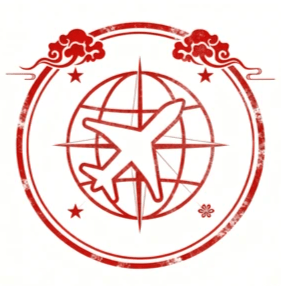·
The Yingge Dance is a spectacular and powerful folk art from the Chaoshan region of Eastern Guangdong, recognized as a fusion of martial arts, opera, and dance. Known for its "burning" energy (燃) , it represents the valiant and masculine spirit of the local community.
Historical Genesis: From Exorcism Rituals to Heroic Narratives
The Yingge Dance boasts a profound history spanning over a thousand years, evolving from ancient cultural rituals:
- Ancient Roots in Nuo Dance: Its origins are traced back to the ancient Nuo Dance , an exorcism ritual performed to drive away plagues and misfortune. The earliest records of its appearance in Chaoshan date back to the late Southern Song Dynasty when military exorcism dances (Jun Nuo) were introduced by forces protecting the emperor .
- Integration with Water Margin: By the Ming and Qing dynasties, the dance fused with the popular theatrical telling of the classic Chinese novel, Water Margin (or Outlaws of the Marsh), where 108 heroes fight against injustice . The performers began to dress up as these heroes, transforming the dance into a celebration of heroic courage and martial prowess .
- Cultural Function: The dance is traditionally performed in public squares during festivals, especially the Lunar New Year . It functions as a collective activity for the community, serving to exorcise evil, pray for blessings, practice martial arts, and honor the gods .
Artistry and Visual Spectacle: Faces, Roles, and Choreography
The visual power of the Yingge Dance lies in its dramatic presentation:
- The Heroic Face Paint: Performers meticulously paint their faces with elaborate face masks (lianpu) based on the Water Margin heroes . The visual impact is immense, often described as "three parts divine, seven parts ghostly" (), instilling respect and awe in the audience.
- The Core Roles: The troupe is typically led by two main dancers: the First Mallet (often Qin Ming or Guan Sheng) and the Second Mallet (the black-faced Li Kui, symbolizing raw strength) . Qin Ming's face is often painted with elements of fire to denote his explosive personality .
- The Snake Dancer: A crucial, unique role is the "Snake Dancer" (时迁 Shi Qian), who plays the character "Shi Qian, the Flea on a Drum" . He dances with a snake prop or a long whip and guides the formation. Intriguingly, this snake element connects the dance back to its ancient Nuo ritual roots—the snake or whip acts as a symbolic instrument for driving away evil spirits .
- Choreography and Rhythm: Dancers strike two short wooden mallets (Yingge Chui) to the powerful rhythm of gongs and drums . The choreography is known for its strong, vigorous footwork , creating a masculine, commanding atmosphere that spectators often feel "ignites" their spirits .
Visitor Experience: Year-Round Interaction and Participation
Traditionally, the Yingge Dance was a seasonal event. However, to meet modern tourism demands, the Chaoshan region has successfully converted this folk ritual into a sustainable, year-round attraction.
- Year-Round Viewing (A New Model): The Fucheng Yingge Dance Experience Hall in Chaozhou's historic Paifang Street is the region's first dedicated, fixed-venue platform offering normalized performances .
- Accessibility: During peak seasons (like the National Day holidays), performances are held multiple times a day . Visitors can easily book tickets online.
- The Immersive Experience: This venue champions "zero-distance" interaction . Tourists can sit and enjoy Chaoshan Gongfu Tea while watching the show. Crucially, the experience includes the opportunity for guests to be handed Yingge mallets and taught the basic moves on stage . This interactive model allows visitors to break the barrier between audience and performer, transforming the viewing into a memorable, hands-on cultural participation .

